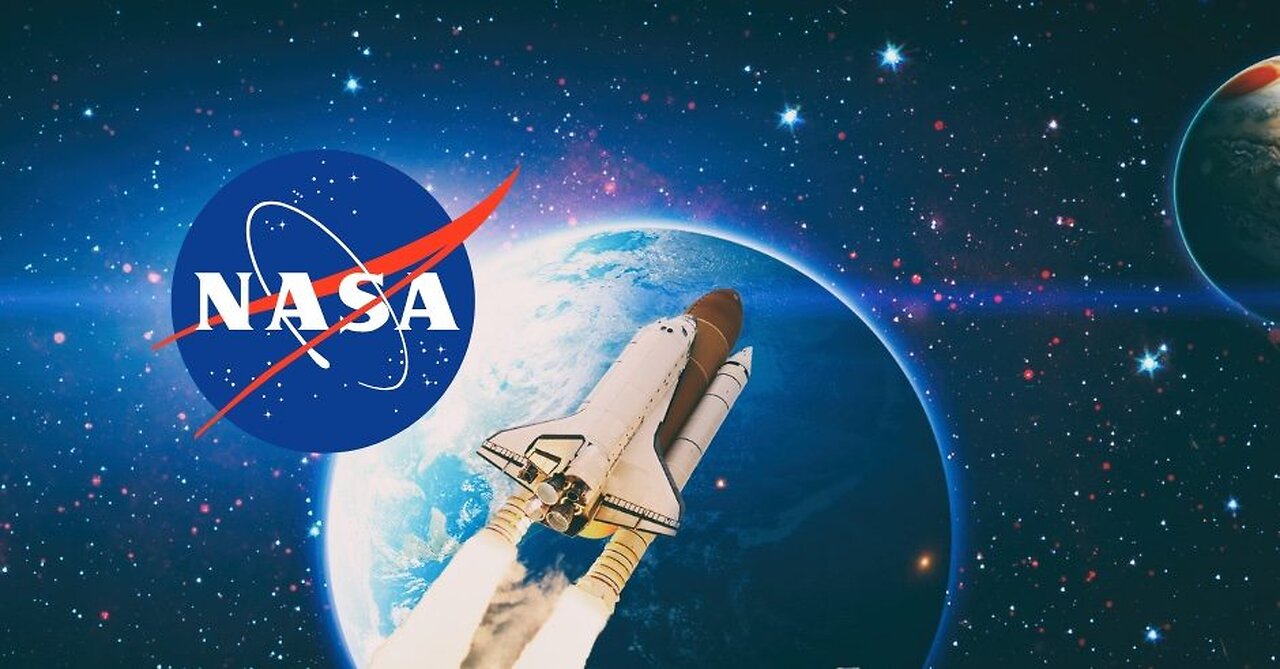Premium Only Content

NuSTAR-Hunting Hidden Black Holes
Most supermassive black holes in the universe are hiding, but NASA’s NuSTAR mission can find them by using high-energy X-rays. In this video, NuSTAR lead scientist Peter Boorman explains how this space telescope penetrates thick gas and dust to reveal black holes that other telescopes can’t see. Watch to learn as well what finding and studying black holes can reveal about the way galaxies grow and evolve.
Short for Nuclear Spectroscopic Telescope Array, NuSTAR has been operating since 2012. Recently, scientists combined 10 years of data with measurements from other missions, including the Infrared Astronomical Satellite (IRAS), and they now estimate at least 35 percent of the feeding supermassive black holes in the universe are hidden. Determining the number of hidden versus unobscured black holes can help scientists understand how they get so big.
Credit: NASA/JPL-Caltech/Goddard Space Flight Center Conceptual Image Lab; footage from “A Journey to the Center of the Milky Way: Stellar Orbits around its Central Black Hole”: data provided by Andrea Ghez and the UCLA Galactic Center Group, data obtained with the W. M. Keck Telescopes, visualization by NCSA Advanced Visualization Lab, permission granted by NCSA and additional use requires additional NCSA permission;footage from “Zoom into Our Black Hole Seen in a New Light”: ESO/L. Calçada, N. Risinger (skysurvey.org), DSS, VISTA, VVV Survey/D. Minniti DSS, Nogueras-Lara et al., Schoedel, NACO, GRAVITY Collaboration, EHT Collaboration
-
 30:17
30:17
Simply Bitcoin
2 hours agoBitcoin Crucible Episode 2 w/ Alex Stanczyk
947 -
 1:33:20
1:33:20
Dear America
3 hours agoGUEST: ERIC TRUMP! Dems ADMIT to Shutdown! + Feds Move to Tennessee!!
106K32 -
 2:24:37
2:24:37
Matt Kohrs
12 hours agoROCKETING TO NEW HIGHS 🚀🚀🚀 (Stock Market Open) || Live Trading Futures & Options
37K3 -

Wendy Bell Radio
6 hours agoDemocrats Are Getting CLOBBERED
57.3K84 -
 LIVE
LIVE
LFA TV
6 hours agoLIVE & BREAKING NEWS! | THURSDAY 10/2/25
4,344 watching -

Chad Prather
16 hours agoWhen God Delays: Trusting Jesus in the Waiting Room of Life
50.4K6 -
 2:00:39
2:00:39
The Chris Salcedo Show
15 hours ago $10.20 earnedThe Democrat's Schumer Shutdown
49.9K5 -
 30:32
30:32
Game On!
19 hours ago $4.05 earned20,000 Rumble Followers! Thursday Night Football 49ers vs Rams Preview!
50.3K4 -
 1:26
1:26
WildCreatures
14 days ago $5.04 earnedCow fearlessly grazes in crocodile-infested wetland
51.7K6 -
 29:54
29:54
DeVory Darkins
1 day ago $19.60 earnedHegseth drops explosive speech as Democrats painfully meltdown over Trump truth social post
100K83